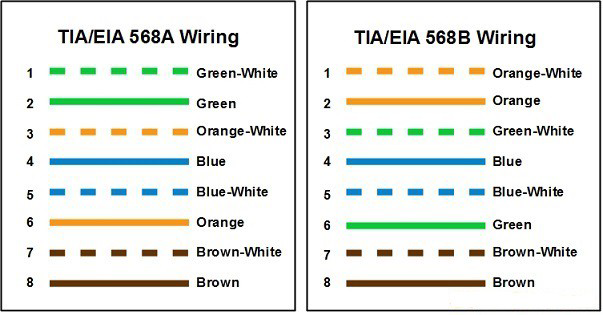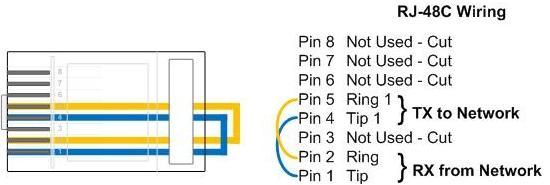

- Loopback cable color coding how to#
- Loopback cable color coding serial#
- Loopback cable color coding software#
Timing problem on cable (SCTE not set on CSU/DSU) Failed local or remote CSU/DSU. Leased-line or other carrier service problem-Noisy line, or misconfigured or failed switch. Keepalives are not being sent by remote router. Local or remote router is misconfigured. Loopback cable color coding serial#
Serial x is up, line protocol is down (DTE mode)

If the connection comes up, the previously connected interface has a problem.
If you suspect faulty router hardware, change the serial line to another port. Contact your leased-line or other carrier service to see if there is a problem. Insert a breakout box and check all control leads. Verify that you are using the proper cable and interface (see your hardware installation documentation). Check the LEDs on the CSU/DSU to see if CD is active, or insert a breakout box on the line to check for the CD signal. Telephone company problem-Line is down or line is not connected to CSU/DSU. Typically indicates that the router is not sensing a CD signal (that is, CD is not active). Serial x is down, line protocol is down (DTE mode) This is the proper status line condition. Table 15-1: Serial Lines: show interfaces serial Status Line Conditions - This table shows the interface status conditions, possible problems associated with the conditions, and solutions to those problems. Serial x is administratively down, line protocol is downįigure 15-1 Output of the HDLC show interface serial Command Serial x is up, line protocol is down (disabled) Serial x is up, line protocol is up (looped) You can identify five possible problem states in the interface status line of the show interfaces serial display (see Figure 15-1): Serial Lines: show interfaces serial Status Line Conditions Other fields shown in the display are described in detail in the section "Detailed Information on the show interfaces serial Command," later in this chapter. The following sections describe some of the important fields of the command output. Loopback cable color coding how to#
This section describes how to use the show interfaces serial command to diagnose serial line connectivity problems in a wide area network (WAN) environment. Figure 15-1 shows the output of the show interfaces serial EXEC command for a High-Level Data Link Control (HDLC) serial interface. The output of the show interfaces serial EXEC command displays information specific to serial interfaces. Troubleshooting Using the show interfaces serial Command

Conventionsįor more information on document conventions, see the Cisco Technical Tips Conventions. If you are working in a live network, ensure that you understand the potential impact of any command before using it. All of the devices used in this document started with a cleared (default) configuration. The information presented in this document was created from devices in a specific lab environment.
Loopback cable color coding software#
This document is not restricted to specific software and hardware versions.

Readers of this document should be knowledgeable of the following definitions. Troubleshooting Using the show interfaces serial Commandĭetailed Information on the show interfaces serial Command The chapter consists of the following sections: This chapter presents general troubleshooting information and a discussion of tools and techniques for troubleshooting serial connections.








 0 kommentar(er)
0 kommentar(er)
